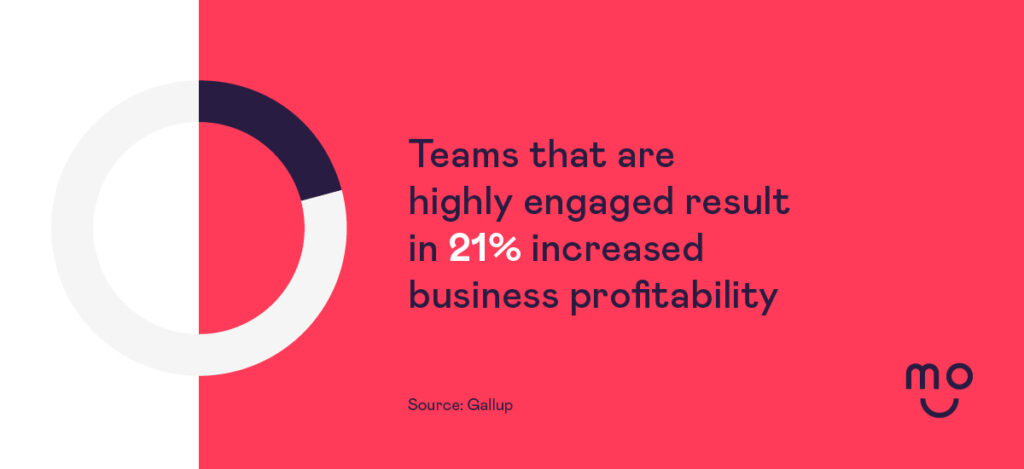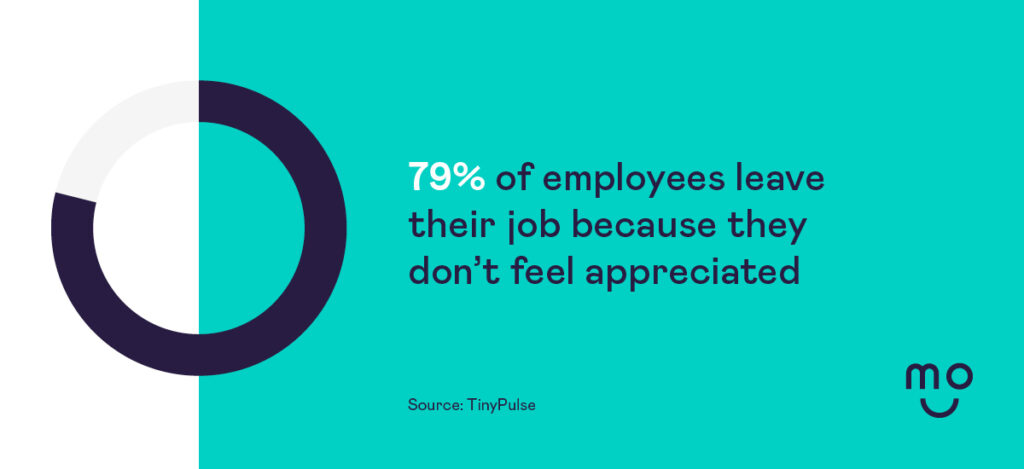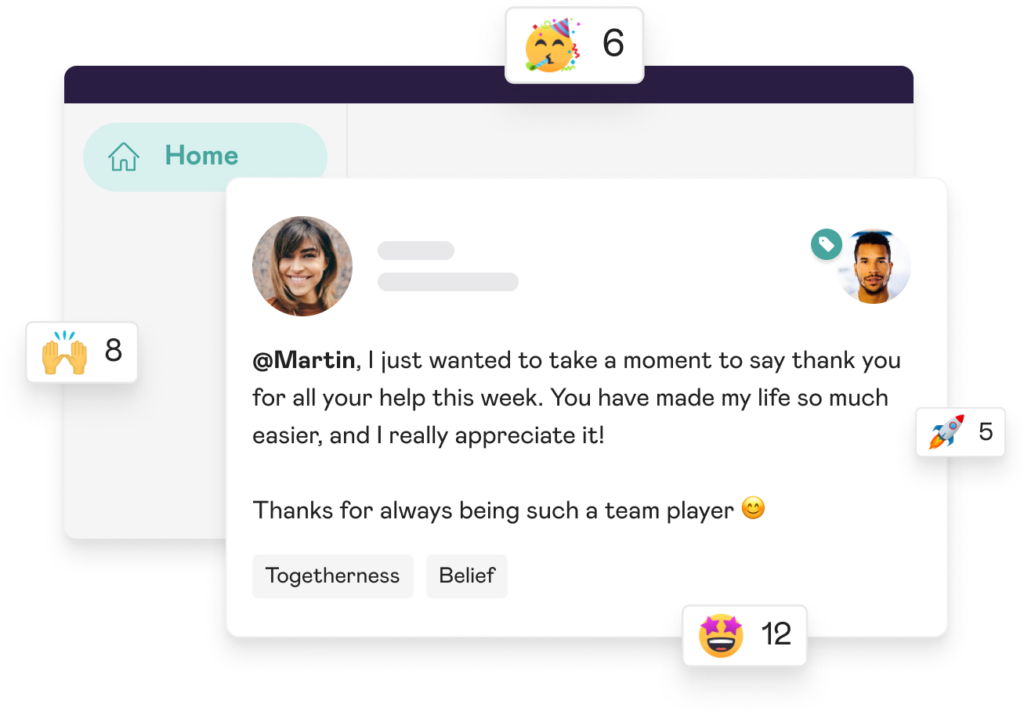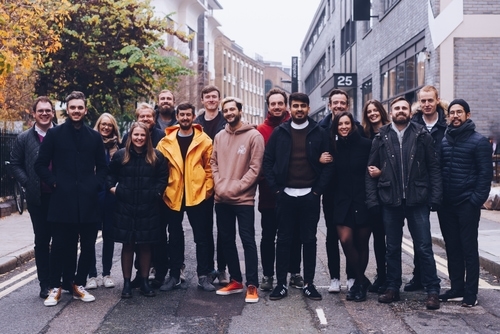Company culture can be hard to define – and even harder to maintain. Organisations are struggling to match fast growth with sustainable business practices. Controversial leaders such as Elon Musk suggest that success must come at the expense of employee well-being.
But is what Musk claims fact? We see little evidence. By contrast, we see clear links between a positive company culture and improved business metrics.
Company Culture is Key to High Performance
With performance in mind, leadership must review their culture on a bi-annual basis to ensure that engagement and productivity remain high. New challenges can quickly overwhelm a previously high-performing department.
It is essential to regularly check in with how employees are feeling and compare that to your business metrics; there is often a correlation between low performance and systemic issues within the company.
Later, we’ll not only explain why this is probably a managerial problem, but how you can build smarter systems to fix the issue.
Smarter Systems Improve Performance
Efforts to transform your company into a high-performance culture often end up lost in translation. Why? These important conversations tend to happen in the C-suite and often remain hypothetical. Poor leadership fails to take initiative on their ideas.
Even worse, they ask HR departments to move the needle without providing adequate investment. If you want to create change, you must enable action.
Put simply, leaders must create systems that are smarter than them. Let’s break that statement down: We’re not talking about AI. Most solutions based on artificial intelligence have not yet taken into account the key factor in driving high performance.
👉 Can you guess what it is? People.
Your people are central to a high-performance culture, but often they are taken for granted. Salary is no longer the number one driver of employee engagement; it’s recognition. By fostering a recognition-rich culture, you can positively impact retention, productivity and connection.
High-Performance Culture: Definition and Characteristics
High performance is defined as “better, faster or more efficient than others”. Is anyone else reminded of that Kanye West song?
High performance prioritises being above average. The pace is faster than a typical company. It’s the sort of culture that can very quickly become toxic. However, evidence shows that the answer to better work is to prioritise the carrot, not the stick.
Before we get into the specifics of building a better culture, let’s start with the most obvious question: What is high performance in the workplace? Culture is about the values, beliefs and behaviours embedded into an organisation.
To go one step further, a high-performance culture enables an organisation to achieve superior results.
High Performance Requires Multi-level Enablement
Employees in a high-performance culture are highly motivated and productive. They possess everything necessary to succeed and achieve their goals. Management prioritises systems that create the best outcomes for their employees – and bottom line.
Strong performance manifests differently across industries and roles. However, there are quite a few shared characteristics in most high-performance cultures.
These include:
- Strong core values
- Inclusive leadership
- Structured teams
- Exceptional employee experiences
- Learning and development opportunities
A high-performance culture may promote a safe and open environment where employees feel trusted and valued. This is the key to creating a culture of sustainable performance.
Working on team connection creates a culture of accountability, while positive managerial strategies increase loyalty. Learning how to build trust in the workplace is an important part of this conversation.
Why is High Performance Good for Business?
Over the last five years, there has been an increased emphasis on company culture. A high-performance culture may have previously conjured images of a fast-paced newsroom – or even the Wall Street trading floor. This is a limited view of success.
When we examine the evidence, high-performance cultures are built with people-centric policies. Employees who feel regularly recognised for their contributions tend to be more productive and engaged.
Workers Have Different Priorities
Culture is now a crucial part of job hunting. The most highly-skilled workers will choose companies based on factors beyond salary – such as benefits and flexible working. If you want to attract top talent, leaders must take their culture offering seriously.
Don’t pay lip service to HR policies. Creating a sense of connection will have long-term benefits; when people feel like they belong, they are more likely to stick around.

Leveraging Recognition for High-Performance
A high-performance work culture starts with effective leaders who know how to manage and empower teams. A deeper understanding of what motivates and inspires your team will help managers establish better work habits within their downline.
Recognition plays a key role in bridging a positive culture with high performance. Meaningful, regular recognition will have real effects on attrition and productivity. Why? It improves motivation, connection and engagement – especially across global and remote teams.
📉 Recognition Lowers Attrition
One key benefit of a transformed culture is higher employee retention. When you engage and empower employees, they feel valued and that their work is meaningful.
When people are trusted to do their jobs without the fear of being second-guessed, they will feel ownership of their work and will remain engaged.
Empowering team members will build a trusting relationship, leading to employees feeling more loyal to the company they work for. Gallup polling demonstrates that low recognition makes employees twice as likely to say they’ll quit within the next year than those with higher rates of recognition.
A culture focused on high performance and motivation will also increase morale and make workers happier, and those employees who are happy at work are more likely to stay at a company long-term.
📈 Recognition Improves Productivity
Employees who are regularly recognised tend to be more productive. According to Gallup, “Recognition not only boosts individual employee engagement but it also has been found to increase productivity and loyalty to the company, leading to higher retention”.
Creating a workplace focused on continuous improvement, employee development, and a high-performance culture will inspire team members to not only meet goals but also surpass expectations.
🚀 Recognition Boosts Innovation
In high-performance cultures, employees feel motivated to achieve more. They have strong, trusting relationships with their leaders and feel open to sharing new ideas.
When an employee feels comfortable sharing feedback and helping with decision-making, they’ll feel like their ideas are important and valued. The more innovative ideas and hard work, the more success and profits a company can achieve.

Managers are Key to a High-Performance Culture
Here’s something you may not have considered: we deserve better managers.
Data shows that 82% of managers end up in the position “accidentally”, while a quarter of employees have left a job because of a negative relationship with their manager.
Demonstrating positive daily habits is the foundation of a high-performance team because managers shape company culture. These habits include encouraging employees to succeed with recognition and fostering accountability through team connection. Great leaders coach their teams for high performance, rather than relying on micromanagement.
🚀 Mo Tip: Why do we place so much emphasis on recognition? Simple. The workplace has changed. Prioritise employee experience to attract the best people.
Salary is no longer their key driver. Recognition, on the other hand, has been proven time and again to be more effective than rewards when it comes to attrition rates.

Here’s a shocking statistic: 79% of employees leave their jobs because they don’t feel appreciated. Establishing a culture of regular recognition is a panacea for attrition.
Employees who are happy at work are more likely to stay at a company long-term. While you can attract talent with a great salary, company culture ensures a great employee experience.
How to Create a High-Performance Culture in Three Steps
There are three key steps in creating a high-performance culture. This may seem simple, but it does take dedication and effort to achieve. Without the right leaders in place, transforming your culture will be a painful process.
Step 1: Shared Values
The first step to a great culture is to get everyone on the same page. Gather leadership together to address key questions about your shared values. Once you have a clear idea of the culture you want to embody, you can change your operations to better empower your management leaders to achieve targets.
🚀 Mo Tip: Managers must share your vision for company culture. When managers are aligned with your mission, you’re more likely to see strategies executed properly. If you’re struggling to engage managers, speak to one of our experts: Book a Demo
Step 2: Realistic Expectations
How are you planning to measure success? We recommend conducting regular employee engagement surveys to create a feedback loop. Once you have metrics, you can easily adjust your strategy as required.
Set realistic goals for cultural changes you can make and that will stick. For example, one of the goals could be to promote accountability among every team member. Creating accountability is a small but effective step toward a high-performance culture.

Step 3: Smarter Systems
It’s time to master the habits of high-performing teams to build a company culture. Our platform gives managers the tools to engage dispersed teams through recognition. Mo improves engagement by boosting team connection, effectively reducing attrition rates.
We acheive great results for our customers by codifying positive behaviours into daily habits. For example, we empower managers to create weekly Boosts that keep workers engaged with their team’s success. Mo improves accountability and motivation by allowing peers to recognise each other by sharing Moments that matter.
Mo helped Atlas Hotels drive a 17% reduction in their employee turnover through our recognition software. What could your organisation achieve?
High-Performance Culture: Key Takeaways
- Importance of Company Culture: A positive company culture is correlated with improved business metrics and employee well-being. Success shouldn’t come at the expense of employee welfare.
- Building a High-Performance Culture: A high-performance culture is built on strong core values, inclusive leadership, structured teams, exceptional employee experiences and learning opportunities. We recommend creating systems smarter than traditional managerial approaches to foster engagement and productivity.
- Steps to Achieve a High-Performance Culture: Establish shared values, set realistic expectations, and implement smarter systems. Leadership must align managers with the company’s vision and leverage tools like recognition platforms to enhance engagement and reduce attrition rates.
High-Performance Culture: Further Reading
📖 What is High Performance in the Workplace
👩🏾💻 Top Characteristics of High-Performing Teams
🚀 How to Master the Habits of High-Performing Teams
Transform your culture with Mo

- Improve employee engagement scores
- Reduce employee churn
- Build a collaborative culture

![[image] 4174782](https://mo.work/wp-content/uploads/2023/12/image-4174782-150x150.jpeg)


